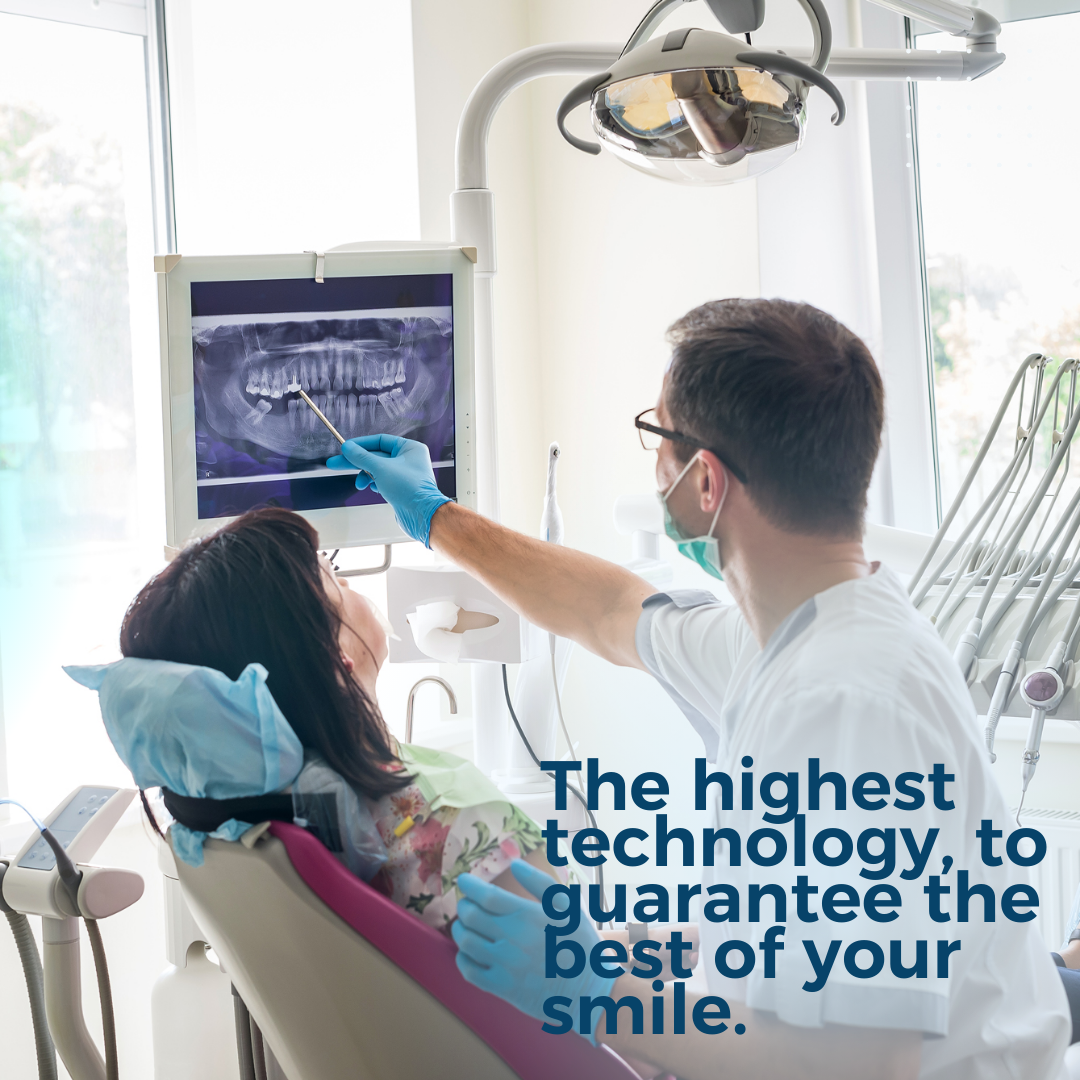Digital intraoral periapical (IOPA) X-rays are a type of dental radiograph that provides detailed images of specific teeth and surrounding bone structures. "IOPA" stands for "Intraoral Periapical Radiograph," indicating that these X-rays are taken from within the mouth and focus on the entire length of one or more teeth, from the crown to the root tip, as well as the surrounding bone.
Here's how the process typically works:
- Preparation: The patient will be positioned in the dental chair, and a lead apron may be provided to shield the rest of the body from radiation exposure. The dental assistant or radiographer will also place a small, digital sensor or film holder inside the patient's mouth, typically against the tooth being examined.
- X-ray Exposure: The dentist or dental assistant will then position the X-ray machine so that it is properly aligned with the sensor or film holder inside the patient's mouth. The X-ray machine is then activated, and a brief burst of radiation is emitted. The patient needs to stay still during this process to ensure clear images.
- Image Capture: The digital sensor or film records the X-ray images, which are instantly transmitted to a computer for viewing. In traditional film-based X-rays, the film would need to be developed using chemicals, but with digital X-rays, the images are available immediately.
- Analysis: The dentist will review the digital X-ray images to assess the health of the teeth, gums, and surrounding bone structures. They may look for signs of tooth decay, gum disease, bone loss, abscesses, or other dental issues.
Digital IOPA X-rays offer several advantages over traditional film-based X-rays:
- Reduced Radiation Exposure: Digital X-rays require significantly less radiation compared to traditional film X-rays, making them safer for patients.
- Immediate Results: Digital X-rays produce images that can be viewed instantly on a computer screen, allowing for quicker diagnosis and treatment planning.
- Enhanced Image Quality: Digital X-rays can be manipulated and enhanced on the computer to improve clarity and detail, making it easier for dentists to identify problems.
- Environmentally Friendly: Digital X-rays eliminate the need for chemical processing, reducing waste and environmental impact.
Overall, digital IOPA X-rays are an important tool in modern dentistry, providing valuable diagnostic information to help dentists deliver effective and personalized care to their patients.
